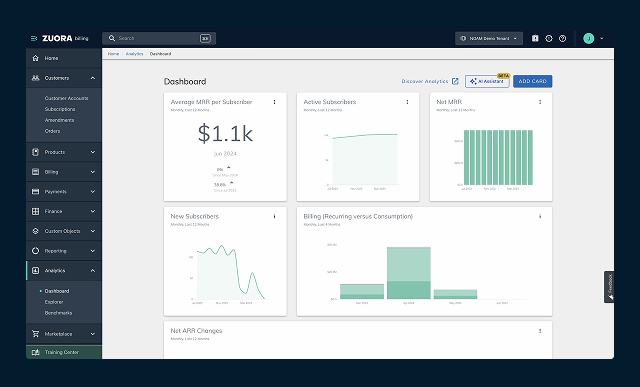Amazon Web Services, Inc. (AWS) doesn’t necessarily call out ERP as a core competency for application use cases when it updates the major tiers and strata of its platform. It doesn’t have to. In actuality, it leaves many of the implementations down to market dynamics and customer needs.
That cloud fundamental is changing i.e. many of the announcements and extensions detailed at the recent AWS re:Invent 2021 conference in Las Vegas moved the firm’s now 475 different cloud instance options towards industry-specific and task-specific deployments.
But key among the news that many ERP code and data shops may have been waiting for were the new database capabilities AWS brought forwards.
Summary of new databases
In summary, these were as follows:
- Amazon RDS Custom – a managed service for business applications that require database and operating system customisation.
- Amazon DynamoDB Standard-Infrequent Access (Standard-IA) table class – a service that reduces DynamoDB costs by up to 60% for database tables that store infrequently accessed data.
- Amazon DevOps Guru for RDS – a service that uses machine learning to detect, diagnose and resolve hard-to-find database-related performance issues in minutes.
Looking at what has been tabled now then, we can see that Mercado Libre, NetApp, and Amazon itself are among customers and partners using new database capabilities.
As a growing number of applications need to work with petabytes—or even exabytes—of data with low latency and high performance, a one-size-fits-all database no longer meets the needs of customers who require highly available, reliable and performant ways to leverage and manage data at scale.
To meet these demands, more and more customers are looking to choose the right database for their unique needs. AWS offers the broadest and deepest selection of specialized database engines, including DynamoDB for key-value databases, Amazon Neptune for graph databases, Amazon ElastiCache and Amazon MemoryDB for Redis for in-memory databases, Amazon DocumentDB for document databases, Amazon Keyspaces (for Apache Cassandra) for wide-column databases, Amazon Timestream for time series databases, and Amazon Quantum Ledger Database (Amazon QLDB) for ledger databases.
“Customers have told us they want databases that are optimised for their most important use cases to deliver flexible, scalable and reliable user experiences without worrying about the resource-intensive burden of managing infrastructure or incurring excess costs,” said Raju Gulabani, vice president of databases and analytics at AWS.
“With these announcements, we’re excited to provide customers with even more flexibility and choice to easily improve database performance, optimise cost and power their most business-critical applications,” he added.
Gulabani insists that no other vendor in the industry can match the depth of capability and breadth of selection in databases offered by AWS.




